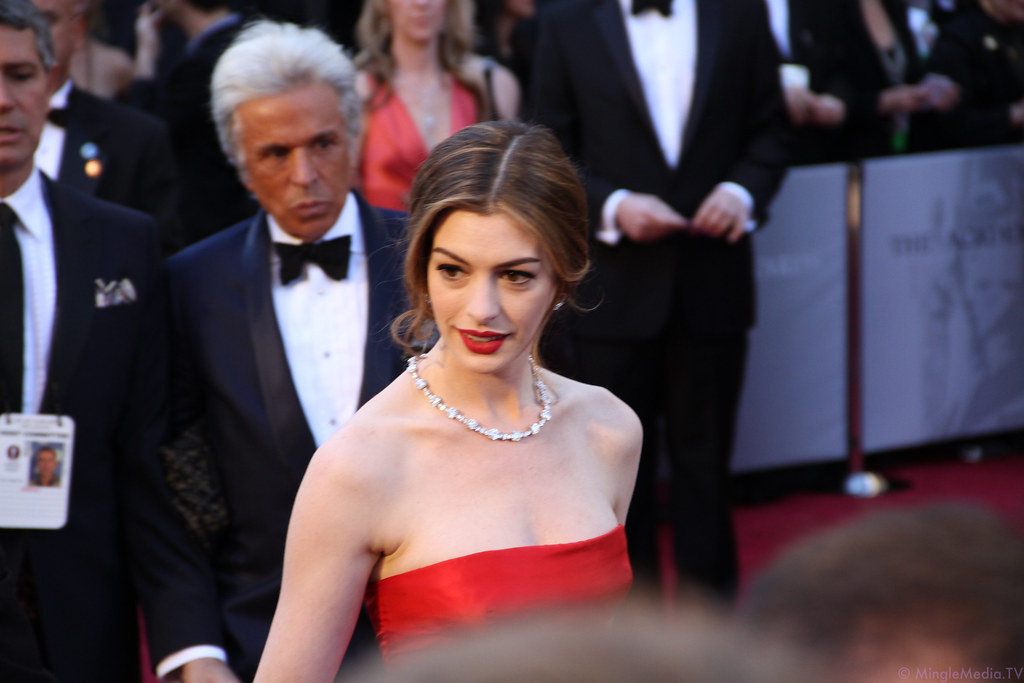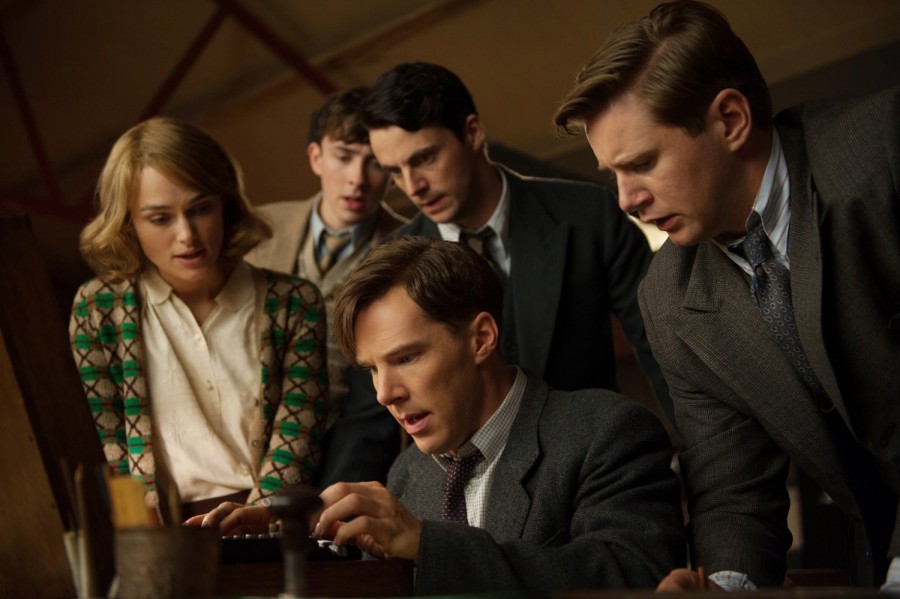When my 8-year-old recently hit me with the question, “do you even know what Daft Punk is?”, it felt like a blend of amusement and pride. There I was, standing at an intersection of generations, musical tastes, and parenting. This wasn’t just a question; it was an invitation to an incredible journey down the melody lane, sharing the rhythms and beats of my youth with my child. Yet, as I navigated through my collection – from the rock anthems of my teenage years to the electronic symphonies of Daft Punk, I was met with mixed reactions. The joy of sharing music I grew up on with my kid has been an unparalleled treat. Even though he hasn’t yet embraced my dad rock, the experience has been nothing short of magical.

Music, after all, is a human universal. It transcends age, culture, and time, serving as a bridge connecting us across generations. This unique bond through music is not unique to me; it echoes in the experiences of many others. Across households, parents and guardians embark on this heartwarming quest, sharing older artists and songs with young people, witnessing their reactions, and, in turn, seeing these classics through fresh eyes. The journey is as much about rediscovery for the adult as it is about discovery for the child.
One of the most fascinating aspects of this intergenerational musical exchange is observing how young listeners engage with music from a different era. Take “Weird Al” Yankovic’s timeless parodies, for example. His ability to spoof and critically analyze popular music offers an amusing yet insightful doorway into understanding the evolution of music. His parody of Daft Punk’s “Get Lucky,” transforming it into a polka melody, brilliantly showcases the repetitive yet catchy nature of contemporary pop music. It’s these moments of shared laughter and the occasional eye roll that make the musical journey with young listeners exhilarating.
Moreover, the story of Weird Al’s parodies, such as “(This Song’s Just) Six Words Long,” not only serves as a critique of pop music’s repetitive nature but also acts as a mirror reflecting the changes in musical tastes over generations. When I share these parodies with my child, it’s not just about the humor. It’s about understanding the underlying commentary on music and society at various points in time. These discussions often lead to deeper conversations about creativity, originality, and the music industry, enriching our bonding over music even further.

Yet, the challenge remains in how to make these older songs resonate with the younger generation. The answer, it seems, lies in the continuous exploration and appreciation of music’s evolutionary journey. By contextualizing the music within its era and drawing parallels to current trends, we can bridge the gap. It’s about showing them the roots of the music they enjoy today, tracing back the influences, and uncovering the interconnected web of musical genres.
The beauty of this musical exchange is not just in the sharing but in the mutual learning that ensues. As we delve into the classics, we also open ourselves up to the music that resonates with the younger generation. This mutual exchange enriches our musical understanding and fosters a deeper connection. It reminds us that music, in its essence, is a reflection of human experience, emotions, and creativity across time.
The journey of sharing music across generations is a testament to music’s enduring power to connect, teach, and inspire. As we navigate this path, we not only bridge generational gaps but also build a shared musical heritage that transcends time. The question from my 8-year-old about Daft Punk was more than just a query; it was a gateway to a deeper understanding and appreciation of music’s timeless magic. And who knows, maybe one day, he’ll come to appreciate dad rock too.
Diving into the art of intergenerational music sharing brings us to a heartwarming realm where personal stories and insights blossom. It’s these narratives and experiences that add a unique layer to the universal language of music, making each shared note resonate with more than just sound but also with meaning and connection. The story of my 8-year-old questioning my knowledge of Daft Punk is just a drop in the vast ocean of musical exchanges happening across the globe. These moments encapsulate the true essence of why music, despite its age or genre, remains a powerful tool for bonding, learning, and understanding.
Every family has its soundtrack, a collection of tunes that define their collective experiences. In my case, it was a mix of ‘dad rock’ and electronic symphonies of Daft Punk that I attempted to pass down to my child. This endeavor, although met with mixed reactions, opened a gateway to meaningful conversations and mutual discovery. It’s fascinating to see how music can serve as a bridge, not only between generations but also between hearts and minds. The joy of witnessing my child’s reaction to the music I hold dear, and vice versa, is a testament to the timeless nature of musical appreciation.
But my story is not unique. Across the world, parents, guardians, and elders share their musical heritage with the younger ones, hoping to impart a piece of their past and perhaps, their identity. From the vinyl collections dusted off for a Sunday afternoon listening session to the carefully curated playlists meant to educate and entertain, these acts of sharing are as varied as they are meaningful. They embody the hopes of keeping the legacy of legendary artists alive while introducing fresh perspectives and new appreciations.

The importance of context cannot be overstated when it comes to sharing music across generations. For instance, explaining the cultural and historical significance of a track or an artist can immensely enhance the listening experience for the younger listener. It turns a simple listening session into an educational journey, where music becomes a lens through which history, culture, and human emotions are explored and understood. This approach not only enriches the young listener’s appreciation of the music but also deepens the bond between the sharer and the recipient.
The act of sharing music is a two-way street. As much as it’s about imparting knowledge and tastes, it’s equally about being open to the musical preferences and discoveries of the younger generation. This reciprocal exchange enriches the musical landscape of both parties, fostering a culture of appreciation and respect for diversity in music. For example, while I introduced my child to the classics of Daft Punk and the satirical genius of ‘Weird Al’ Yankovic, I found myself exploring and enjoying the contemporary artists that resonated with him. This mutual exploration and appreciation is what makes music sharing not just an act of passing down but also an act of communal growth and understanding.

The collaboration between Karl Lagerfeld, Sébastien Jondeau, and Jean-Roch to create a Bearbrick figurine embodies a similar spirit of sharing and immortalizing creativity across different mediums. Just as music can bridge generational gaps, so can art and fashion. This project, a tribute to Lagerfeld’s legacy, showcases the power of collaboration and the importance of preserving and sharing the essence of creativity, regardless of the form it takes.
In wrapping up, the journey of music sharing is an ongoing saga of discovery, connection, and evolution. It’s a multifaceted experience that encompasses not just the act of sharing but also the processes of learning, understanding, and growing together. As we continue to share and explore the vast world of music with those around us, we build bridges across time and space, connecting generations through the universal language of melody and rhythm. The question from my 8-year-old sparked more than just a conversation about Daft Punk; it ignited a journey of musical exploration and intergenerational bonding that I hope will continue for years to come. After all, music is not just about the notes but about the stories, emotions, and connections they foster.
Related posts:
Eight: “(This Song’s Just) Six Words Long” from Even Worse — It Turns Out the Naming Rights! Membership Option Was For Real and Someone Is Now Five Hundred Bucks Poorer Presents Nat
EXCLUSIVE: A Bearded Bearbrick Figurine Was Karl Lagerfeld’s Very Last Project
Keeping It Real with Gia Woods: On Love, Heartbreak, and the Self



